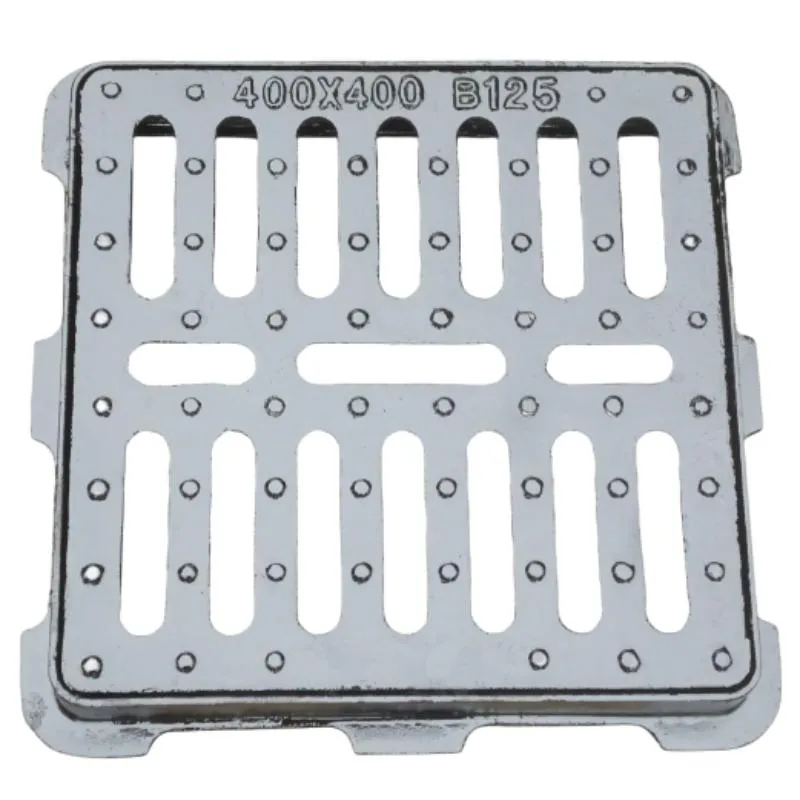Exploring the Importance and Benefits of Traffic Bollards in Urban Safety
Traffic Bollards A Crucial Element for Urban Safety and Infrastructure
In the ever-expanding urban landscapes of modern cities, the importance of efficient traffic management and pedestrian safety cannot be overemphasized. Among the various tools available to achieve these goals, traffic bollards stand out as essential components. These short, sturdy posts have become a familiar sight in urban settings, playing a pivotal role in shaping the way we navigate and experience our cities.
Traffic bollards come in various designs, materials, and functionalities. Typically made from concrete, metal, or plastic, they serve to delineate spaces, control vehicle access, and protect pedestrians from traffic. Their design can range from simple and utilitarian to ornate and artistic, reflecting the character of the locality while serving practical purposes. Beyond aesthetics, the choice of materials impacts their durability and effectiveness in different environments. For instance, concrete bollards offer robust protection against vehicle collisions, while flexible plastic bollards may be more suitable for areas with frequent changes in traffic patterns.
One of the primary functions of traffic bollards is to enhance pedestrian safety. In busy urban areas, the interaction between vehicles and pedestrians can often lead to dangerous situations. By strategically placing bollards, cities can create safe zones for pedestrians, effectively guiding them away from the flow of traffic. For example, in areas with high foot traffic, such as shopping districts or public squares, bollards can create buffer zones that protect pedestrians from speeding vehicles, thereby reducing the risk of accidents.
Moreover, traffic bollards are crucial for regulating vehicle access to certain areas. Many cities use them to restrict entry to pedestrian-only zones, promoting walkability and creating more pleasant urban environments. These bollards can be fixed or removable, allowing for flexibility in managing access based on time of day or specific events. In this way, traffic bollards not only enhance safety but also encourage a shift towards more active modes of transportation, such as walking and cycling.
traffic bollards

Another significant advantage of traffic bollards is their role in public space enhancement
. Well-designed bollards can contribute to the overall aesthetics of a neighborhood, transforming otherwise mundane areas into vibrant public spaces. Cities increasingly recognize the value of aesthetic appeal in urban planning, as visually pleasing environments can improve residents' quality of life and attract tourists. In this context, bollards can serve as artistic installations that reflect the city’s culture, history, and identity.In addition to their physical presence, modern traffic bollards are integrating advanced technologies to enhance their functionality. For instance, some bollards are equipped with smart technologies that can provide real-time data on pedestrian traffic, monitor environmental conditions, or even improve street lighting. These innovations not only enhance the effectiveness of bollards but also contribute to the broader goals of smart city initiatives, where data-driven decisions are made to improve urban living.
Furthermore, as cities become more environmentally conscious, the sustainability of traffic bollards is gaining attention. Many manufacturers are now producing eco-friendly bollards made from recycled materials or incorporating solar panels to power integrated lighting systems. These developments signify a shift towards greener urban infrastructure, where traffic safety measures align with sustainability goals.
However, the installation and maintenance of traffic bollards require careful planning. City planners must consider various factors, including traffic patterns, pedestrian flow, and local regulations, to determine the optimal placement and design of bollards. Regular maintenance is also essential to ensure that bollards remain effective and visually appealing over time. Neglected or damaged bollards can lead to safety hazards and diminish the overall aesthetic of urban areas.
In conclusion, traffic bollards are more than mere posts lining our streets; they are vital components of urban infrastructure that enhance safety, regulate vehicle access, and contribute to the aesthetic quality of public spaces. As cities continue to grow and evolve, the thoughtful design and implementation of traffic bollards will be crucial in creating safe, functional, and visually appealing urban environments. By balancing practicality with artistry and sustainability, cities can ensure that their traffic management solutions not only meet the needs of today but also inspire a more vibrant future.
-
The Smarter Choice for Pedestrian AreasNewsJun.30,2025
-
The Gold Standard in Round Drain CoversNewsJun.30,2025
-
The Gold Standard in Manhole Cover SystemsNewsJun.30,2025
-
Superior Drainage Solutions with Premium Gully GratesNewsJun.30,2025
-
Superior Drainage Solutions for Global InfrastructureNewsJun.30,2025
-
Square Manhole Solutions for Modern InfrastructureNewsJun.30,2025
-
Premium Manhole Covers for Modern InfrastructureNewsJun.30,2025
